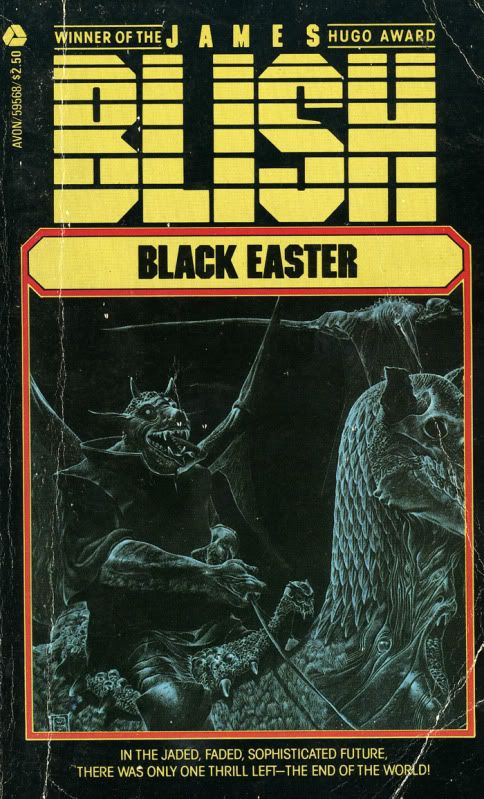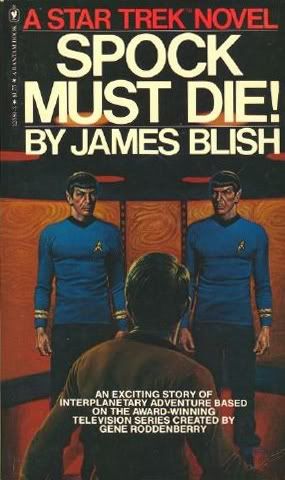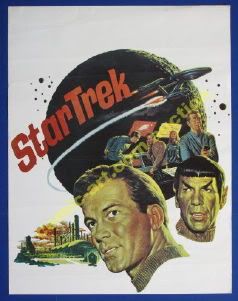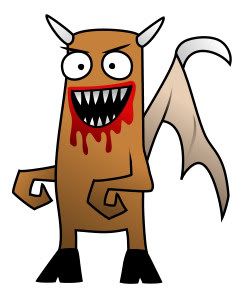1966
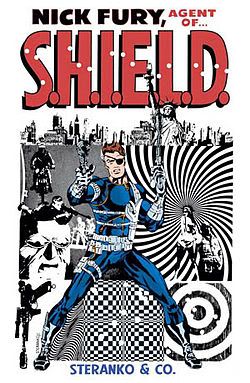 Nick Fury
Nick Fury is a bad-ass, not the first by any means but few characters in fiction so perfectly exemplify machismo. With his eye-patch, constant cigar and permanent stubble, not to mention the last name FURY, the guy is solid gold manhood on a platter.
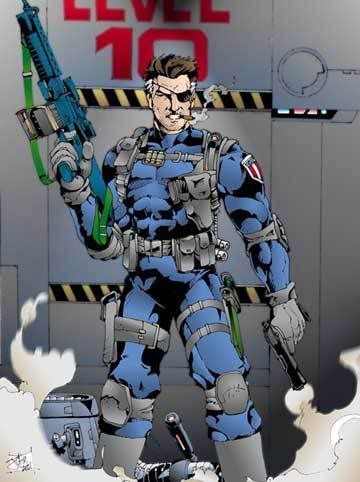
Without checking any wiki pages on his history, I can tell you that Nick Fury got his start as the lead in a WWII comic, Sgt
. Fury and the Howling Commandos. Within a few years the swinging sixties spawned the
James Bond movies and multiple copycat
spy dudes with slinky ladies and pychedelic dance music soundtracks in the cinemas. Marvel responded by revamping Fury to be a modern day spy. I don't even think they explained the transition at the time- in the early days of Marvel there was no swarm of fans demanding continuity. *1 It was explained eventually that Fury was taking an elixer that slowed his aging. Apparently one or two of his war buddies took it, too, since guys like
Dum-Dum Dugan are still around. Oh, and every other major comic book character, too.
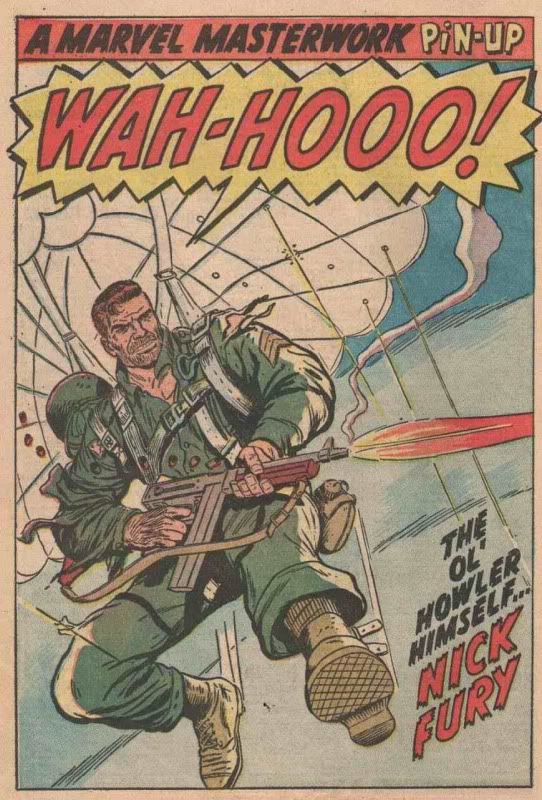
Nick Fury has been a mainstay in the Marvel Universe since then, popping up in every major comic as a superhero liason G-Man and exposition dude. He was the first time-traveler I know of who tried to kill off Hitler (the Fantastic Four stopped him from altering history). Despite that god-awful
David Hasslehoff movie, Nick never made it to public mainstream awareness. The guy has no superpowers, no major storyline, and is too easily portrayed as a knock-off of manly archetypes.

Then Marvel launched the
Ultimate series of comics. Not necessarily geared toward younger readers, the Ultimate comics were designed to start fresh with the Marvel books and draw in new readers. Storylines were started fresh, and the big Marvel icons like the Avengers and Spider-Man were fresh-faced superhero newbies, presumably more relatable to young readers than the old grizzled veterans that I grew up with in the eighties.
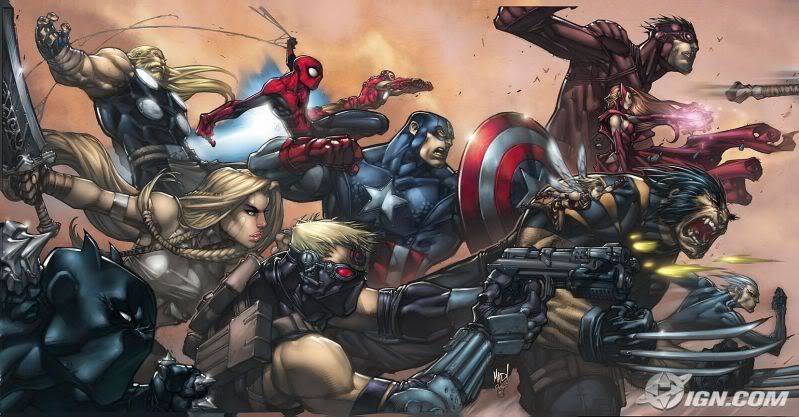
They tweaked a few things; mostly costumes, but also storylines and a general updating of forty year old origins. But the most drastic change, in my mind, was ole' Nick Fury. First of all, they changed him from a cigar-chompin' unshaved war veteran into... Samuel L. Jackson. From what I understand they actually asked SLJ for his permission to have the new Fury modeled after him.
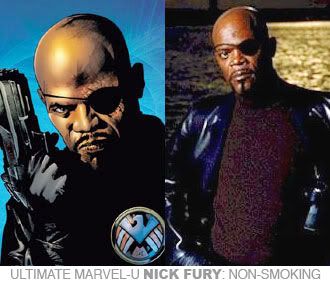
I have mixed feelings about this. On one hand, how cool is Sam Jackson? The most die-hard cynic has to still admire Sam Jackson for an overall career of bad-ass-hood. His
worst movie roles have still been cult or critic favorites. Say what you want about the Star Wars prequels,
Mace Windu is
pretty cool, and that part was made for him- so that's two major geek universe characters designed to look like Samuel L. Jackson. And Samuel loves it- I think he's the kind of guy who goes to Comic Con and genuinely enjoys it.
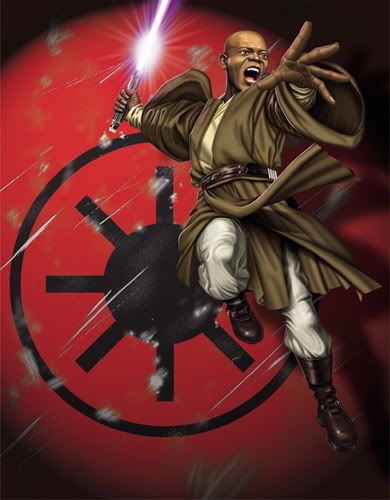
Also- I like the inversion of modeling fictional characters after real-world counterparts- as opposed to the tradional process of looking for an actor that can portray a character like Superman. It demonstrates a powerful co-existance of Hollywood and comic fandom that was perhaps born when Marlon Brando first donned Krytonian robes.

Still... you changed Sgt. Fury's race??!! And made him bald??!! Wait.. is that a kango? I can be a purist and resistant to needless change. It just seems a total denial of everything that was originally cool about the character. I realize that this sounds very crotchety- like something your slightly racisct grandfather would say. And yes, I realize that the original cigar smoking Fury is intact- But doesn't the whole thing smell like a marketing ploy when it's all said and done? The fact that the movie version Of Fury, which will now get more exposure than ever with the upcoming Avengers, actually features S. Jackson fulfilling the role modeled after him both excites the fanboy in me and irritates the grown cynic I've become.
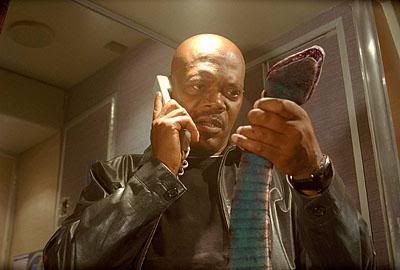
Just this afternoon (well after I started writing this tirade a week ago) I passed by the TV and caught my nine year old watching yet another animated version of the Avengers on TV, a ploy that even my children recognize is marketing for an upcoming movie as opposed to an original production with artistic merit. Sure enough there was an African-American Nick Fury (but with hair- so
totally different from the other versions- ushering a newly awakened Captain America about the modern world. I recognize the need to keep 46 year-old characters fresh and induct new fans like my kids, but you'll never stop professional Haters like me from stomping my feet and shouting that Nick Fury ISN'T AN AVENGER! And wasn't responsible for the
formation of the group- no matter what revisionist history is the current / popular version.

And while I recognise that I'm getting farther and farther away from a review of Nick Fury: Agent of S.H.I.E.L.D., let me comment briefly (if possible) on X-Men: First Class, which I just watched for the first time the other day. Here is a movie that is as revisionist as anything (
Darwin an original member...
Havok older than Cyclops.. Phooey!) and yet completely retains the SPIRIT of the original. And makes many nice nods to the original X-Men comics, the greatest of which is using the original setting of the sixties. Certainly liberties have been taken with the characters and stories (the X-Men didn't know the
Hellfire Club existed until the eighties (shouts the crotchety blogger)) but the core dynamic of ethical ambiguities in the light of persecution and bigotry is portrayed beautifully. One can only hope that the big screen tent-pole production (is that a new term?) of the Avengers retains the same glory of the original... oh wait, The Avengers has always been a big-screen story of star-spangled super-powered doofs
banging out their internal issues through violence and spectacle.
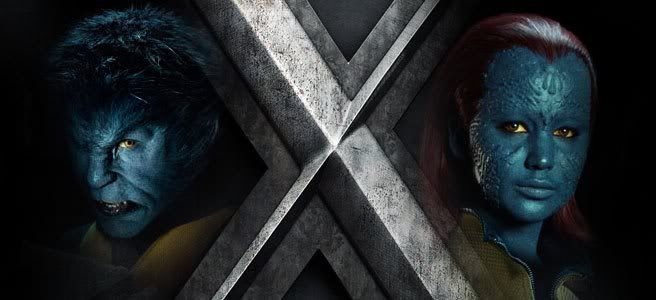
What we won't see in the Avengers is the psychedelic and epic art of
Jim Sterenko. Sterenko is awesome. He took what should have been a campy rip-off of James Bond using a campy WWII comic book character during the era of campy Stan Lee-Jack Kirby comics and slowly infused it with late sixties psychedlia and pop culture coolness. His backrounds and effects ooze groundbreaking art pastiches that took the rest of the industry years to emulate. The equipment and outfits he gives Fury are so cool it takes even the most hardened reader back to elementary school daydreams of 'wouldn't it be cool if..' And even Fury's hap-slappy dialog and Dum-Dum backslapping get toned down over the course of this collection of fifteen page short stories to portray more dimensional and real characters. Sterenko is the reason that Nick Fury survived the Golden Age of comics and is still around for Sam Jackson to try and pump new life into.
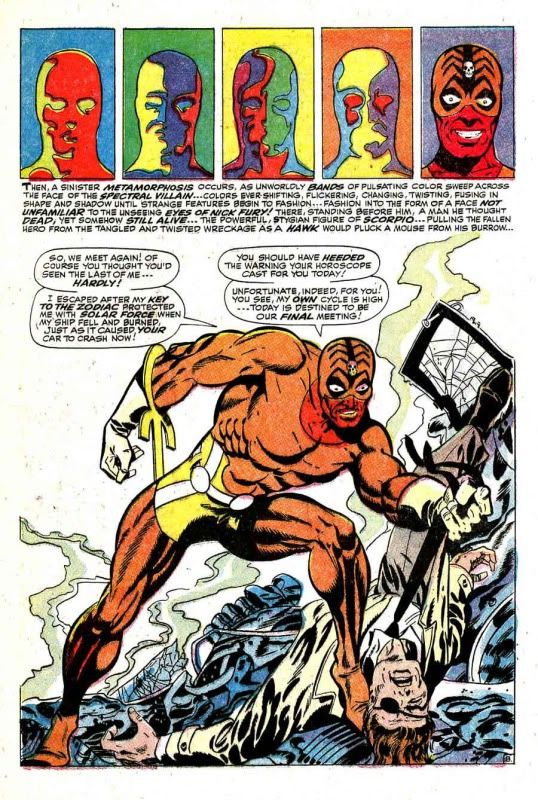
*1 We do that now, but it doesn't stop comic book writers from both companies
retro-ing characters and stories whenever and however they want.

